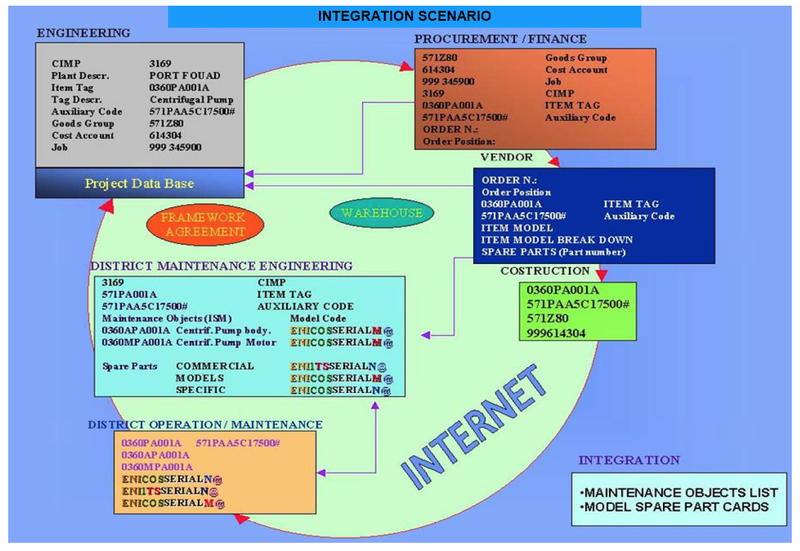Planning & Scheduling Systems
Our projects encompass upstream Facilities works from start to finish including the front end market analysis, concept selection, design, project planning, economics and logistics, completion and final close-out / postmortem.
We strive to exceed our Clients' needs by applying our knowledge, skills, tools, and techniques with the philosophy of standardizing and simplifying activities, thus enabling works to be progressed efficiently and productively to get results.
Project Management Planning Process
Our approach to astute and successful Project Management includes:
- Identifying the needs, concerns and expectations of all stakeholders
- Adapt project specifications into an effective plan
- Concisely preparing the planned WBS from the input business case and output deliverables required
- Balancing framework of scope, schedule, budget, quality, resource and risk, using the right processes for the specific project need
- Using precision planning techniques by scheduling projects to simply monitor, anticipate and control all of the moving parts
- Feedback lessons learned
AIMS Project Management planning is inspired by the industry standard PM Process Map Interaction:
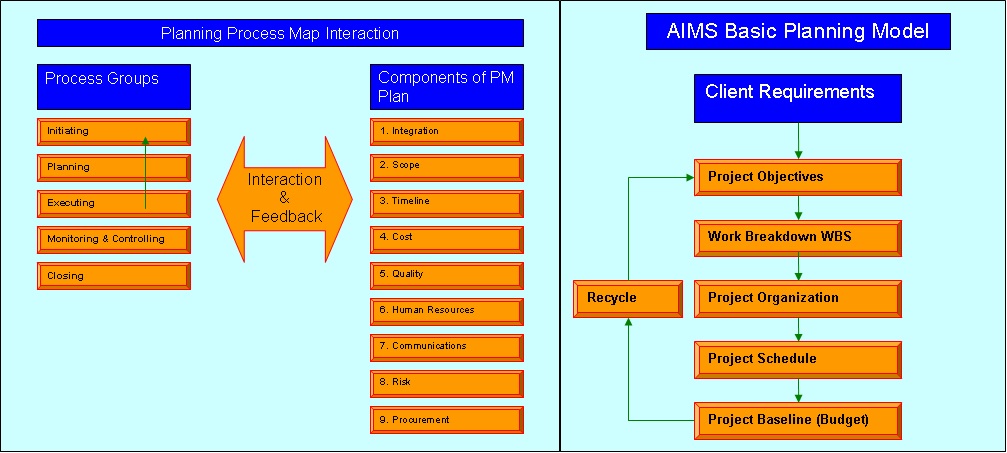
Stage-gate Roadmap (Traffic Lights)
Project creation is critical to the subsistence and growth of any business organization whereby oil, gas and petrochemical facilities are required to be rationalized and modernized on an ongoing basis. AIMS stage-gate processes are structured for profitable development projects allowing project management teams to effficiently move through the production system.
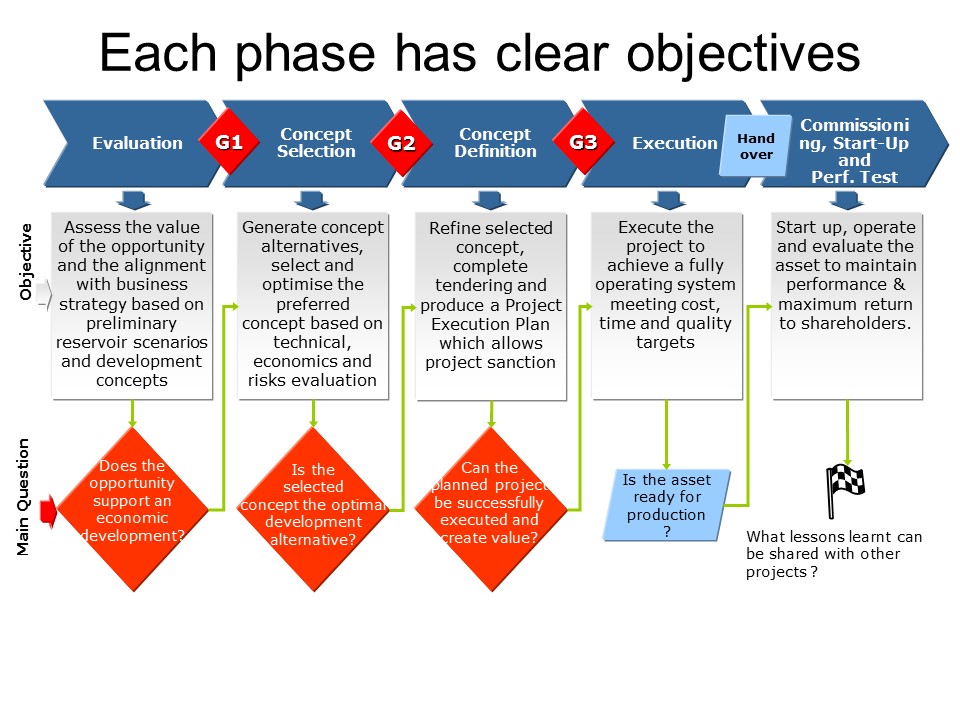
Engineering and Maintenance Interface System
INTEGRATION BETWEEN ENGINEERING AND MAINTENANCE
This feature is a major innovation. Engineering and Maintenance departments work in a unique environment thus assuring consistency, and forward and back tracking of engineering and maintenance tags.
Engineering and maintenance tagging system, though being unique, creates two independent populations.
An important effort of the Engineering Department for the acquisition of data as required by the Maintenance Department significantly reduces time and costs and makes it possible to start maintenance immediately after the plant hand-over. Furthermore the maintenance requirements may be adopted by the Engineering Department starting from the project early phases.
MAINTENANCE EQUIPMENT LIST
Maintenance Main Equipment List (MEL) is a unique list of all maintenance objects. The control of uniqueness is carried out by means of association of maintenance tag with the maintenance discipline.
MEL can be populated by the following three different methods :
- A first method consists of exporting Engineering items to Maintenance Module as Maintenance Items and then creating other maintenance items according to item breakdown.
-
A second method consists of creating maintenance tags for model breakdown suggested by Vendor and imported in MIAP Maintenance Module from the Proform program.
-
A third method consists of creating maintenance objects in Maintenance Module without any relation to engineering items or vendor models.
Final issue of MEL is obtained
- Make code
- Model code
- Model Serial number
can be imported from Proform Module or added manually.
The Maintenance Department, cost center, work center must be added manually.
Spare Parts are related to a Maintenance Object by a model code. In case of customized equipment the model code can be replaced by equipment drawing, data sheet or tag.
HIERARCHY OF MAINTENANCE MAIN EQUIPMENT LIST
Maintenance Main Equipment List objects are submitted to the creation of a relation (Hierarchy) by which objects (sub-item) of a functional unit are associated to an object (item) of the same functional unit. The hierarchy relation is intended to provide maintenance of and elementary function of the functional unit.
MAINTENANCE MODEL AND SPARE PARTS LIST
A list of models and their breakdown for each order is required from Vendor. The Vendor shall provide Maker Code of models and other information such as: name of the model, cost delivery item, quantity installed, assembly drawing.
The above information is sorted in the MIAP database, where it may be updated and enriched for future utilization and spare parts optimization.
For each model the Vendor will provide a list of spare parts and other information such as: part number, position of part number in the assembly drawing of model, quantities for commissioning, 2 year operation and insurance spares.
Spare part information such as part number descriptions, drawing of part number, cost and delivery do not depend on association spare part - model.
Model Vendor/Maker part Numbers available as commercial or bulk materials are indicated.
INTEGRATION SCENARIO
The integration scenario as described in the previous paragraphs is shown in the following scheme.
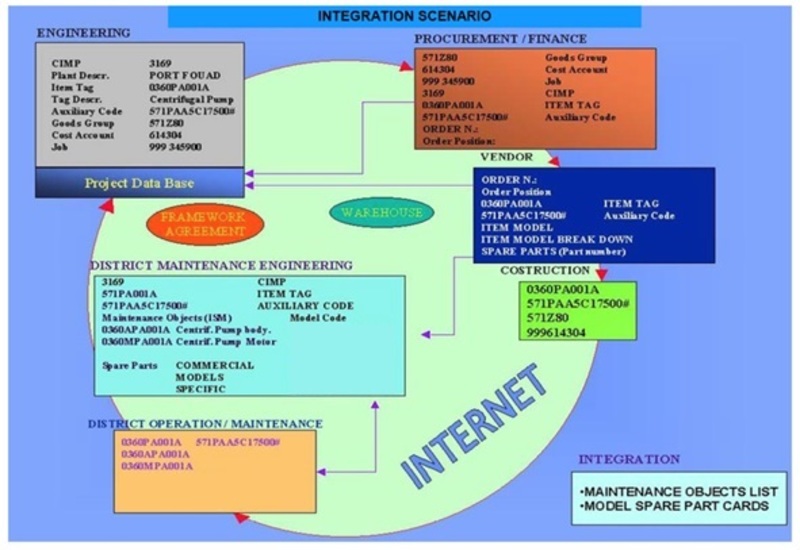
MIAP - SPCPUMA INTEGRATION
The SPCPUMA system (Software Piping Class - Piping Utility Management Application) has been implemented to adopt the component codification of MIAP tolls, in order to have full consistency of data through a continuous alignment of both tools.
This assures the SPCPUMA material catalogue to be fully in accordance with the Operator codes, and therefore the integration between Engineering and Maintenance. This allows an immediate utilization of MTO data from engineering by the material maintenance systems, without need of coding translation.
MIAP AND SPCPUMA THROUGH INTERNET
MIAP and SPCPUMA are web compliant and are fully accessible and operable through the internet worldwide, making several functions available according to the user privileges.
This capacity makes the system a powerful tool for the material management by all the actors playing a role in the project, regardless of their location.
A typical utilization of SPCPUMA and MIAP tools through the internet is shown int the following scheme, where the main activities performed in Operator Location 1 as well as in each project location are described. Each location may access through the internet the centralized servers farm where the application and the projects databases are located and maintained, thus avoiding the server activities in each location involved in the Project.
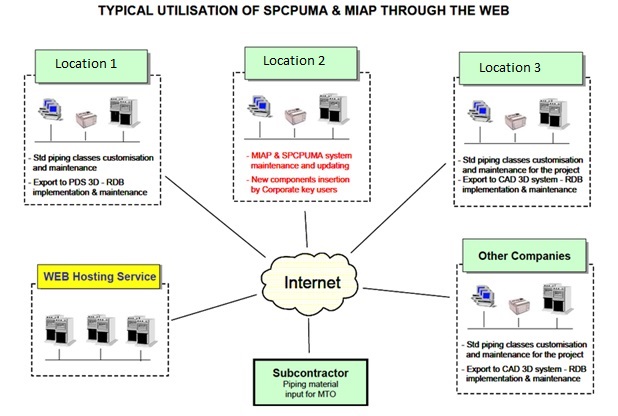
MIAP BENEFITS
The major benefits derived from MIAP utilization can be summarized in the following:
- The unique and self explaining coding system
- The added value to the technical works due to Engineering and maintenance integration as well as the easy data collection from Vendors and the direct utilization for Maintenance plan activities
- The tool user friendly utilization
A general overview of the benefits is shown in the following scheme:
